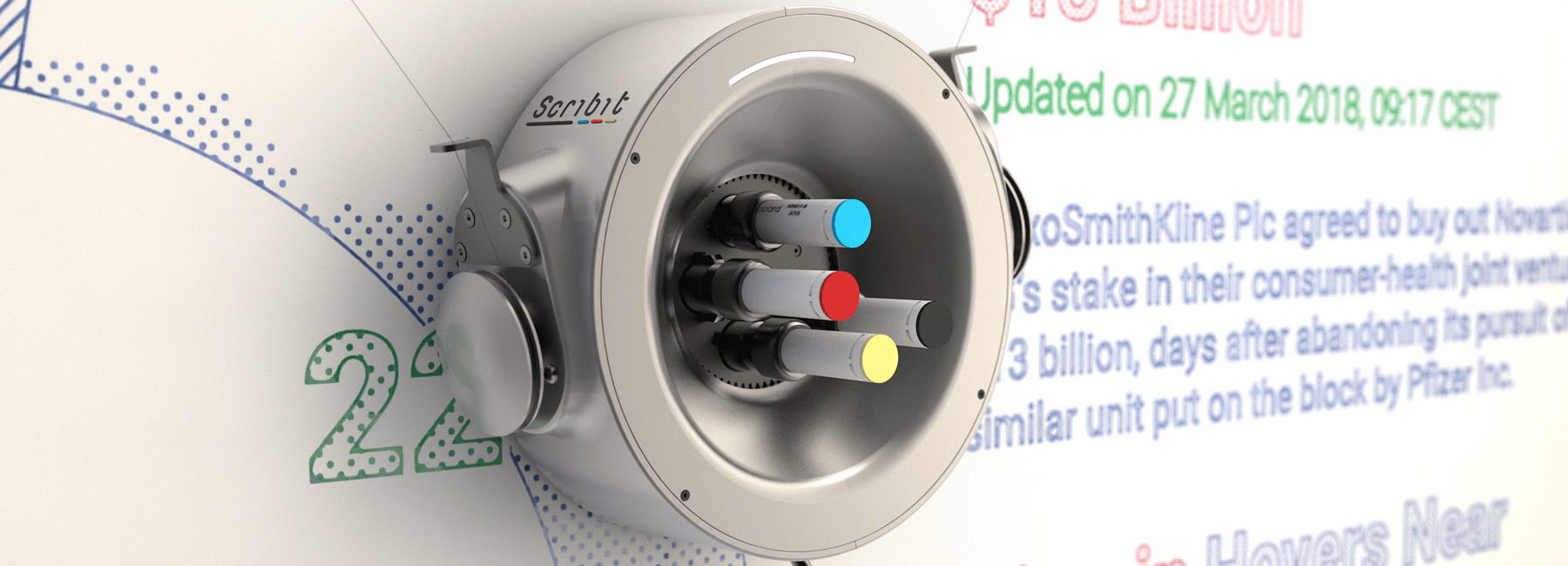Community, Leadership, Experimentation, Diversity, & Education
Pittsburgh Arts, Regional Theatre, New Work, Producing, Copyright, Labor Unions,
New Products, Coping Skills, J-O-Bs...
Theatre industry news, University & School of Drama Announcements, plus occasional course support for
Carnegie Mellon School of Drama Faculty, Staff, Students, and Alumni.
CMU School of Drama
Tuesday, April 03, 2018
carlo ratti’s scribit is a writing robot that turns any surface into a canvas
www.designboom.com: carlo ratti associati has developed an intelligent writing robot that can draw and erase images on any vertical surface, from whiteboards to glass or plaster, transforming it into a screen where drawings, messages or feeds can be projected. scribit is the result of a long investigation of writing machines developed at CRA, including drone graffiti ‘artists’ and the façade of the future food district at milan’s world expo 2015.
Subscribe to:
Post Comments (Atom)

3 comments:
This seems insanely cool, and I vote that we get one and put it on a wall in 33 because I am really excited about what this seems to be. From what I can tell, this piece of technology allows for an amazing amount of expression and creativity coming from its user to enhance their environment. I am always excited about art that reflects the emotions of the people who exist in the space with it, and this is the most constant way to update the reflection. That being said, one thing about Scribit that I find a bit off putting, is that I am not sure if I like technology replacing an artist. I think it is a really interesting tool that is fun to play with and have just to say that you have experienced it, but in terms of it actually being considered “art” might be a little bit of a stretch.
This is such an interesting idea. I've seen this two axis method displayed in several low cost "consumer level" CNC router concept over the past couple of years but this is really interesting how they are trying to swing this idea as something that is permanently installed part of your home. I love the idea of creating a program in which I could set it so that their would be a different display on it every day I woke up. Perhaps right the day's forecast or make whatever the piece to be relevant to whatever was going on around in the world at the time like Google's click art everyday. Also the ability I think for artists to connect and draw and create things in different spaces that they aren't physically in could be really interesting. Like if there was an artist somewhere creating a single piece for the machine that was then shared across the platform to be live transferred to walls around the world.
I agree with Emma: we should get one of these for the studio! I like what the engineer, Carlo Ratti, says about having this robot over a projection screen: "Do we really want to add more screens to our lives?" I very much dislike how computer and screen centric the educational industry has become, and I think that this tool could be incredibly useful in a classroom, especially for younger children. I remember how in elementary and middle school the pale light of the projection screen or monitor made my eyes hurt, and the high pitch noises that came with the accompanying technology would give me a migraine. My mother, being my mother, complained to the school system, requesting if there was any other way to present the information in a way that would not affect the children like this, and they insisted no, this was the new way things were being done and that the kids would have to adapt. I am not large fan of robots or having robots take over creative processes, but I think that the Scribit would make, perhaps with a few modifications, a great replacement for the projector in the work and school place. I am interested in how long it takes for the machine to draw and erase an image, and what ink and erasing tools the drawing mechanism uses to be able to draw on any surface?
Post a Comment